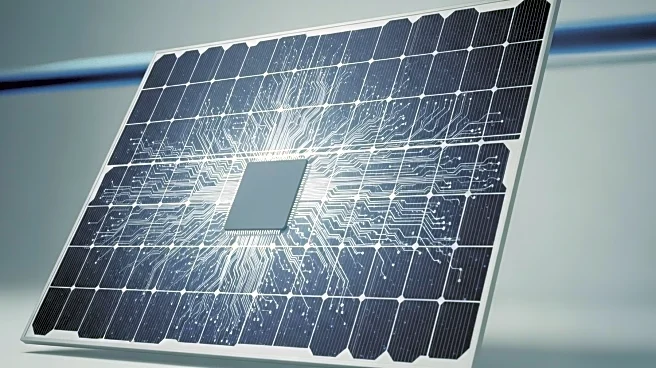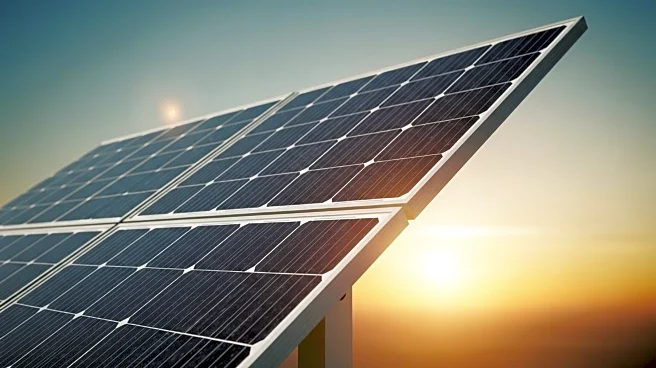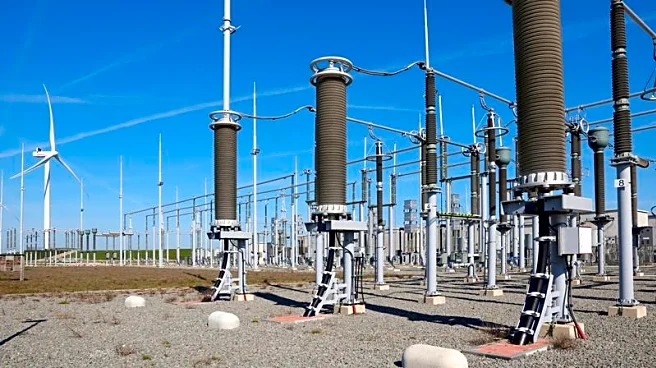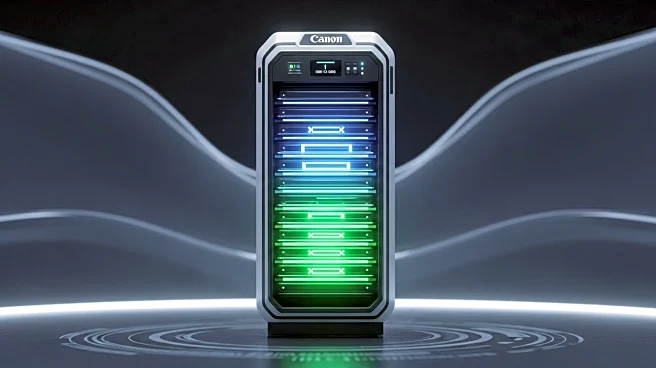What is the story about?
What's Happening?
Electroluminescence (EL) testing is emerging as a critical diagnostic tool for solar panel operators, allowing for the detection of microcracks, soldering defects, and manufacturing flaws that traditional inspections often miss. EL testing involves turning photovoltaic (PV) cells into light sources, enabling engineers to identify defects before they lead to performance or safety issues. This method, which was initially confined to lab-based quality control, is now portable, faster to deploy, and more affordable, making it viable for ongoing operations and maintenance. EL imaging is particularly effective in detecting invisible damage from transit, installation, or maintenance, and can be conducted in a wider range of conditions than infrared scans.
Why It's Important?
The adoption of EL testing in solar panel diagnostics is significant for the renewable energy sector, as it enhances the reliability and longevity of solar assets. By identifying defects early, EL testing reduces unplanned outages and improves claim outcomes in post-disaster or warranty scenarios. It also provides regulatory confidence through documented evidence of safety-focused practices, supporting grid resilience mandates. As solar installations are expected to double in the future, preventive technologies like EL imaging will become increasingly essential, potentially influencing policymakers and regulators to incorporate EL scans into resilience assessments or disaster response protocols.
What's Next?
The continued integration of EL testing into solar panel diagnostics is likely to expand, with more operators adopting this technology for routine maintenance and post-event assessments. Insurance professionals are increasingly using EL scans to support post-event claims, expediting the claims process. As climate volatility increases, the strategic and regulatory value of EL testing will grow, prompting energy leaders and regulators to consider it as part of critical infrastructure maintenance strategies. The technology's ability to provide a clearer picture of solar reliability may lead to its inclusion in future resilience assessments and disaster response protocols.
Beyond the Headlines
EL testing represents a shift in how solar panel reliability is assessed, offering a proactive strategy to maintain resilience in the face of climate volatility. The technology's ability to detect invisible defects before they cause significant damage underscores its importance in sustaining solar system performance. As solar energy becomes a more critical component of the energy infrastructure, the precision and scale of inspection tools like EL testing will be crucial in optimizing system performance and ensuring long-term reliability.
AI Generated Content
Do you find this article useful?














